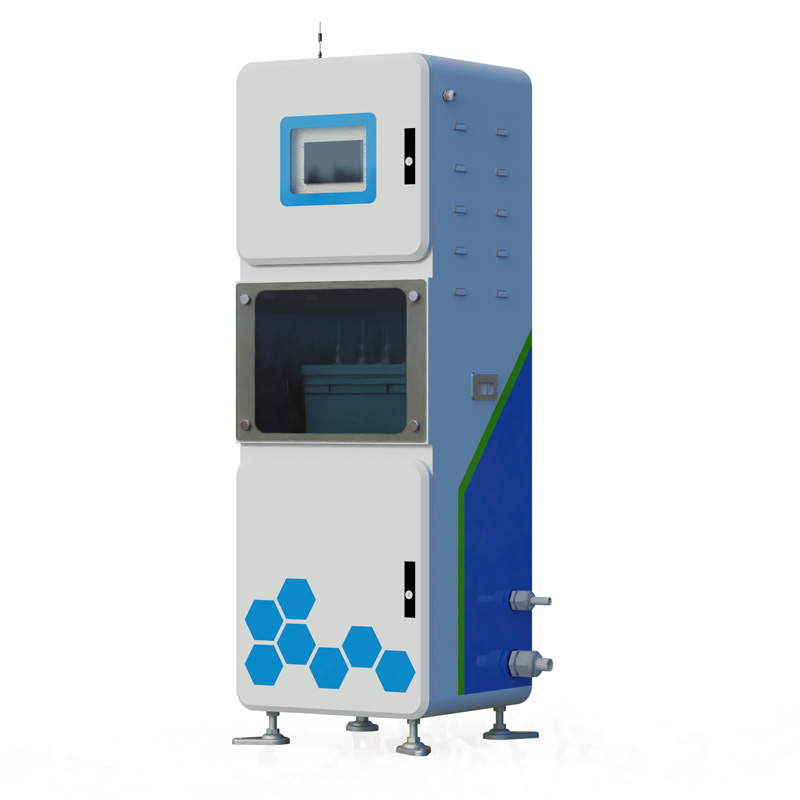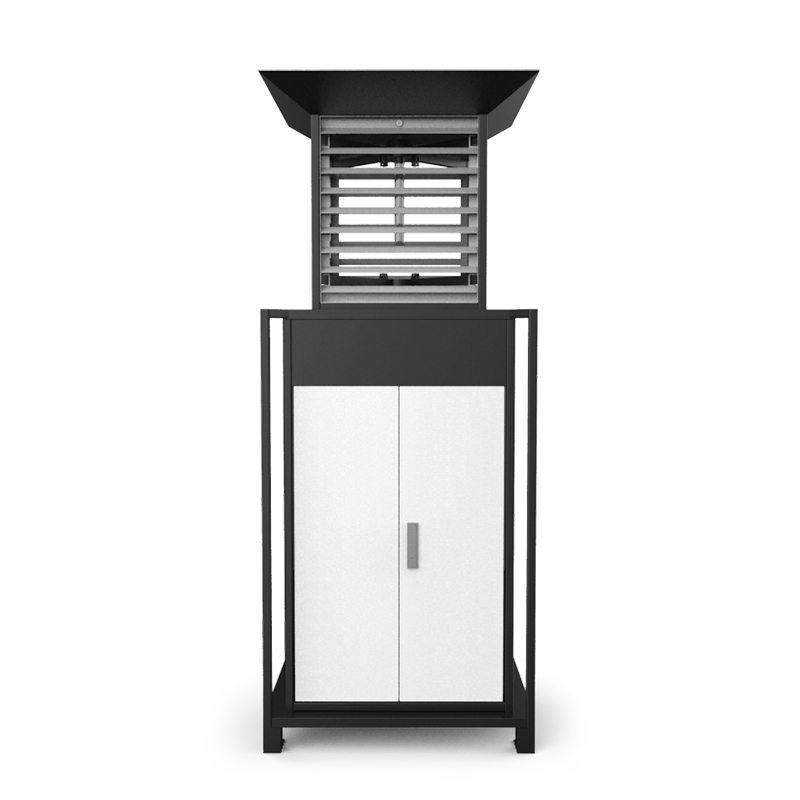Rice planthoppers are pests of the family Delphacidae in the order Homoptera, including brown planthoppers, white-backed planthoppers, and small brown planthoppers. Rice planthoppers mainly suck the sap of rice plants with their piercing-sucking mouthparts, resulting in hindered rice growth, yellowing leaves, short plants, and reduced tillering. At the same time, planthoppers such as small brown planthoppers can also transmit virus diseases such as rice stripe virus disease and black streaked dwarf virus disease, causing stripes on rice leaves and dwarfing and twisting of plants, greatly reducing yield and quality. In addition, a large number of rice planthoppers gathering can interfere with physiological processes such as photosynthesis and respiration of rice. The injected saliva may also poison the plants, increase empty grains and reduce the weight of 1000 grains.
The prevention and control of rice planthoppers can be approached from multiple aspects. In agricultural prevention and control, select insect-resistant varieties, reasonable close planting and fertilization to enhance the insect resistance of rice. In biological control, natural enemies such as spiders, Cyrtorhinus lividipennis, and parasitic wasps can be protected. Biological pesticides such as Beauveria bassiana and Metarhizium anisopliae can also be used. In physical control, light trapping can be used to kill rice planthoppers by taking advantage of their phototaxis. In chemical control, appropriate pesticides should be selected, and attention should be paid to the application methods and time.
There are mainly the following methods for monitoring rice planthoppers:
Field investigation method. The five-point sampling method or parallel jump sampling method is used to select representative points and plants in the paddy field for inspection, and count the number and instars of rice planthoppers.
Trap monitoring method. Use light trapping, such as setting up black light lamps and frequency-vibration insecticidal lamps, collect rice planthoppers under the lamp and record the number and species; use yellow sticky insect boards to trap rice planthoppers to judge the early migration situation.
Informatized monitoring means. Intelligent insect situation reporting lamps can trap rice planthoppers and automatically count the number and species, and transmit data through the network; sex pheromone monitoring uses artificially synthesized sex pheromones to attract male insects to infer the population size and reproduction situation.
The FT-SD1 Rice planthopper monitor uses a trapping light source of a specific wavelength to efficiently trap rice planthoppers. It is equipped with a high-definition camera, which can take regular photos of the trapped rice planthoppers and record information such as trapping time, location, and quantity. This monitor can transmit the collected image and data information to the designated monitoring platform or terminal equipment through the network. Some are also equipped with an intelligent analysis system, which can automatically identify the species and quantity of rice planthoppers and predict the occurrence trend. Its shell adopts a waterproof, dustproof, and insect-proof design, adapts to the complex field environment, has good stability and reliability, and can work continuously for a long time to ensure continuous monitoring of rice planthoppers.

This paper addresses:https://fengtusz.com/industry/503.html









